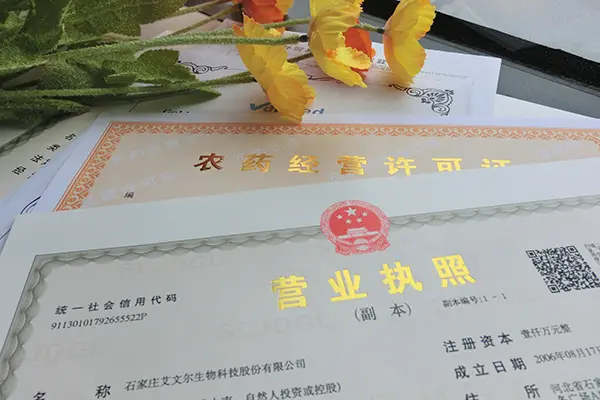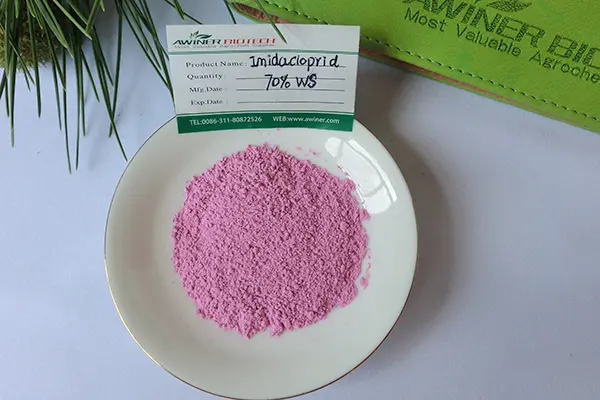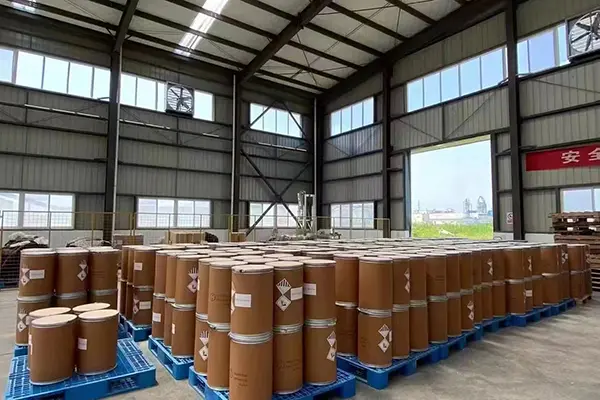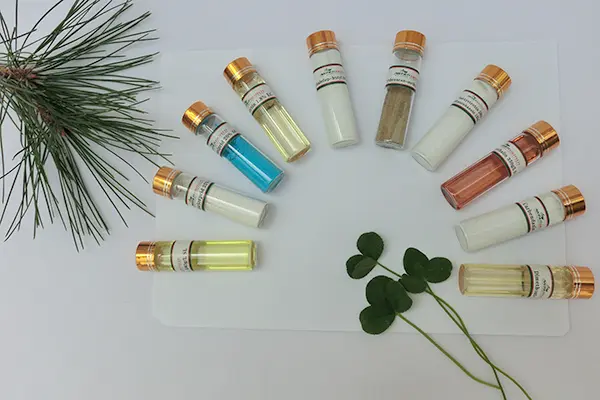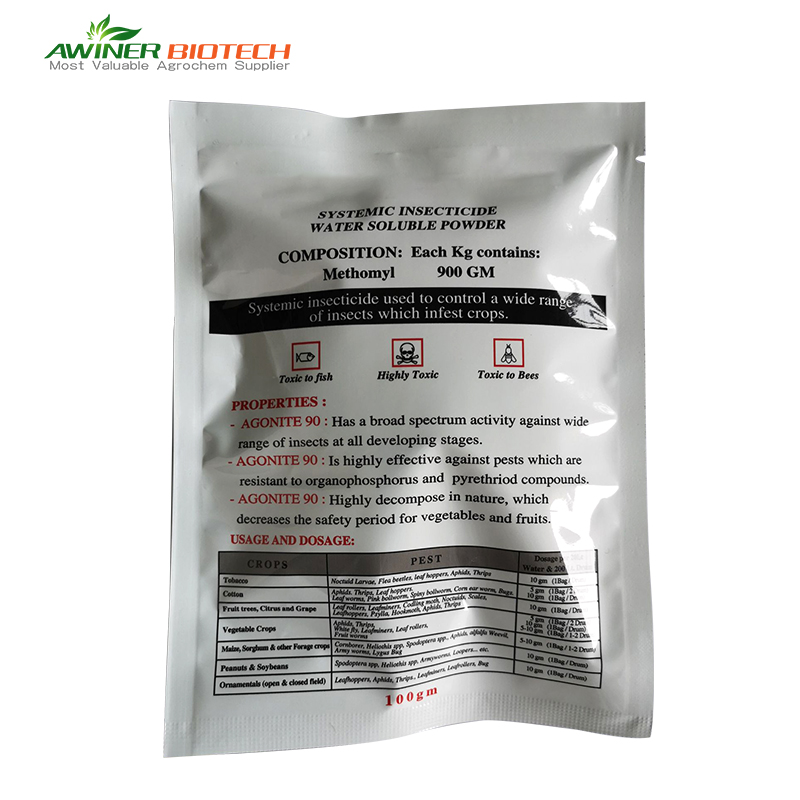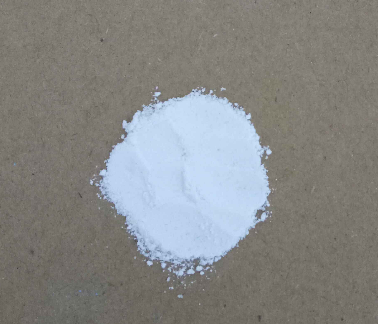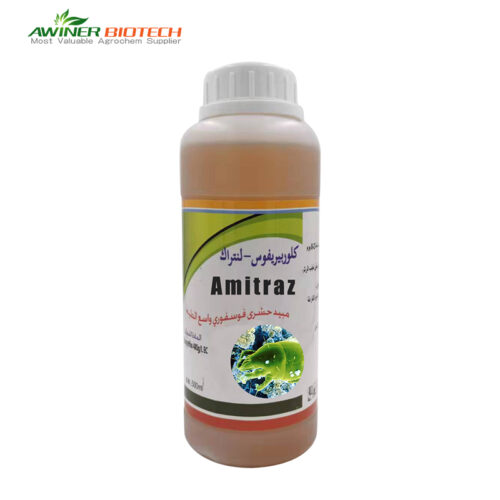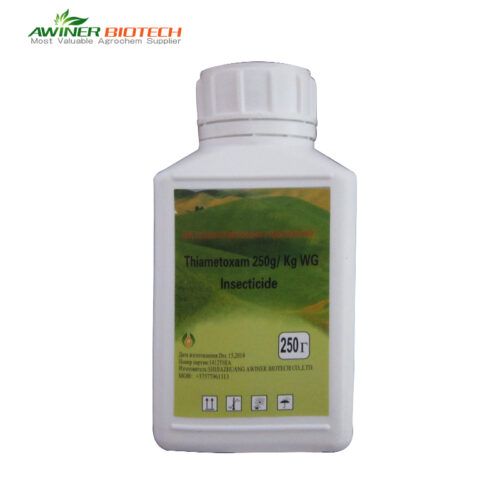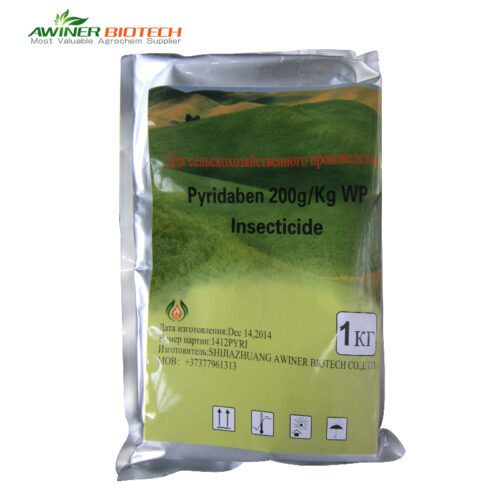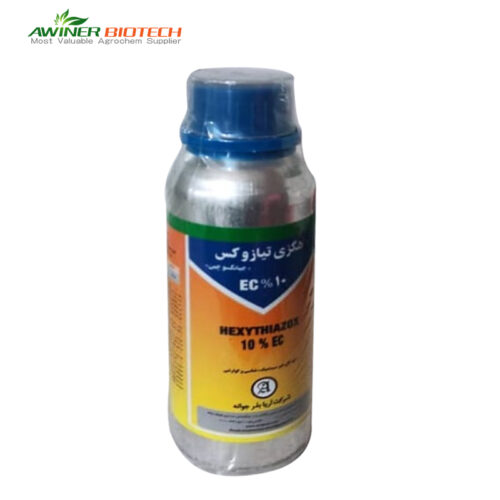Cyromazine |
|
| Dosage form | 10%SC,30%WP |
| Packing | Liquid:50ml、100ml、250ml、500ml、1L、5L、10L、20L Solid:10g、50g、100g、250g、500g、1kg、5kg、10kg、25kg |
| Formulation | Customized |
| Label | Customized |
| Crop-Pest | 1. Cowpea – Bean Fly 2. Onion – Onion Fly 3. Leek – Leek Moth 4. Greenhouse Cucumber – Bean Fly 5. Cowpea – Bean Fly |
| Certification | SGS、 ISO 、BV |
| Delivery time | 20-30 days |
| Mixture products |
Dinotefuran vs Cyromazine
Thiamethoxam vs Cyromazine Deltamethrin vs Cyromazine Abamectin vs Cyromazine |
| Payment terms |  |
Cyromazine is a specialized insecticide with potent larvicidal properties, specifically formulated to control maggots and other fly larvae in various agricultural and non-agricultural settings.
Mode Of Action
Cyromazine is an insect growth regulator (IGR) that specifically targets the larval stages of insects. Unlike traditional insecticides that kill through direct toxicity, cyromazine interferes with the normal growth and development of larvae. It disrupts the molting process, which is crucial for larvae to progress through their developmental stages. By inhibiting the synthesis of chitin, an essential component of the insect exoskeleton, cyromazine prevents larvae from forming a proper outer shell, leading to their death before reaching adulthood.
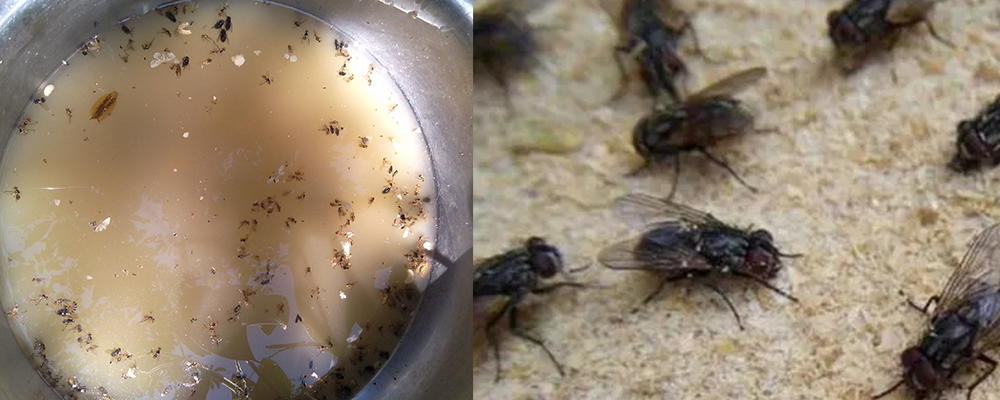 |
Maggot Control Mechanism
When cyromazine is applied to breeding sites or areas where maggots are present, it works in the following ways:
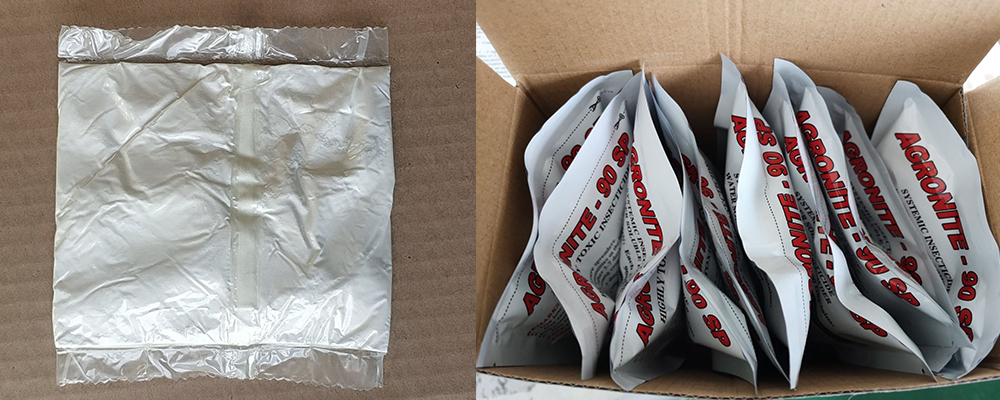 |
Ingestion: Larvae ingest cyromazine while feeding. The active ingredient interferes with their hormonal system, preventing successful molting and development.
Contact: Larvae come into contact with cyromazine-treated surfaces. The compound penetrates their cuticle and disrupts their growth processes.
Target Specificity: Cyromazine is highly selective and primarily affects the larvae of flies, leaving beneficial insects and non-target organisms relatively unharmed.
<About Awiner Biotech>
